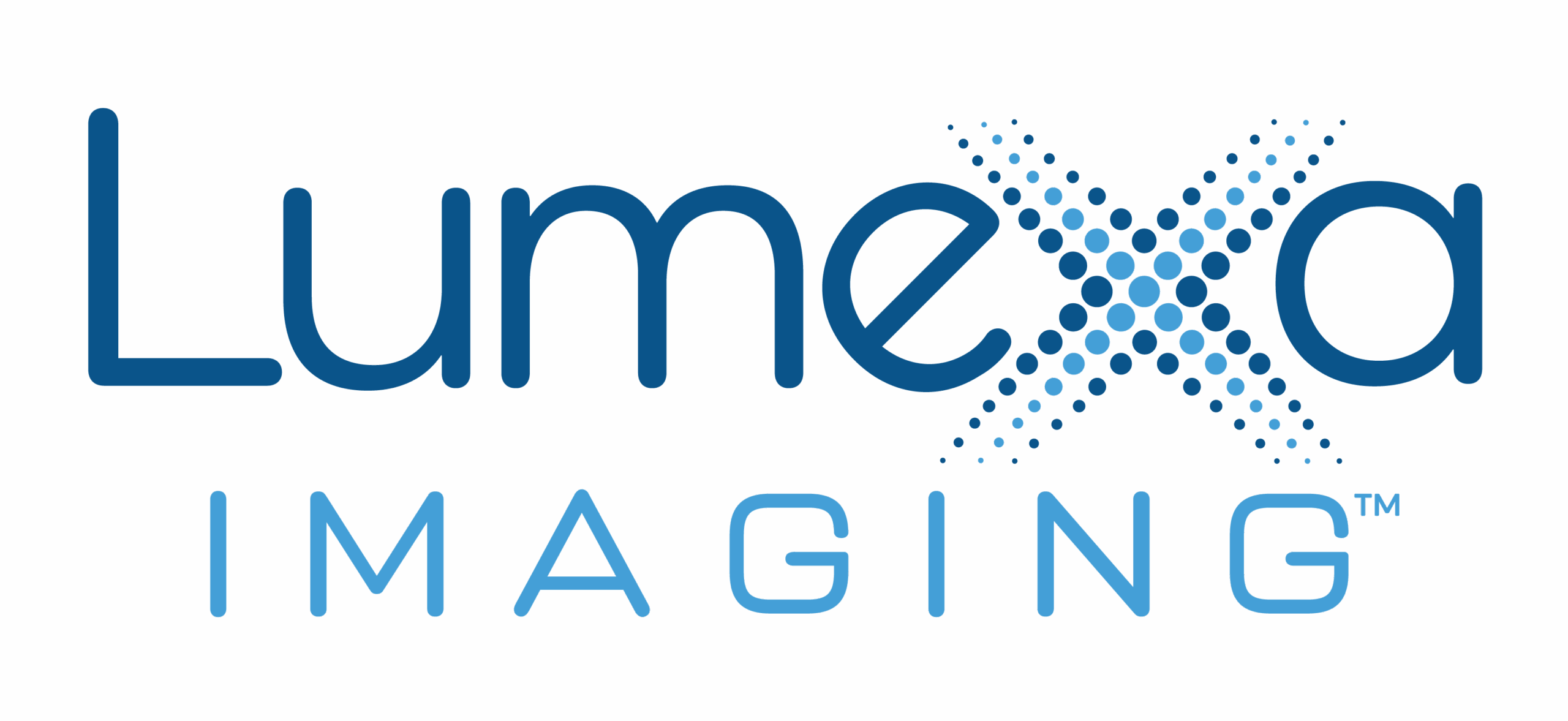Your breasts change year over year and throughout your life. Even after you go through puberty, your breasts may grow or shrink in size if you become pregnant or are nursing, gain or lose weight or get breast implants. Many women find their breasts swell and become tender every month before they get their menstrual period. And many women experience breast changes as they go through menopause later in life. In fact, most changes in breast tissue through the course of your life are completely normal. But some changes in breast health could be signs of breast cancer. Knowing the signs of abnormal breast changes can save your life.
Many Breast Changes Are Normal
Your breasts consist of fibrous, glandular and fatty tissue. Fibrous tissue is the connective tissue that gives structure to your breasts, while glandular tissue forms the areas of the breast that create and carry milk. Fatty tissue gives your breasts shape. Hormonal changes can affect these tissues, causing your breasts to feel different. Common causes of changes include:
- Hormonal medication, such as birth control or hormone replacement therapy, which can change breast density
- Menstruation, which can cause your breasts to swell or become tender before or during your period
- Perimenopause, the years leading up to menopause during which you may notice that your breasts feel more tender or lumpy
- Post-menopause, when your breast tissue may feel less dense and lumpy
- Pregnancy, which increases your breast size and can make your breasts feel lumpy as mammary glands and milk ducts get ready to produce and carry milk
Fibrous and glandular tissue together — called fibroglandular tissue — can make your breast tissue “dense.” Breast density changes year over year and can only be measured through mammography. Having dense breasts can make mammograms harder to read and may increase your risk for breast cancer. Most women’s breast tissue becomes less dense and fattier as they age past menopause.
Read More: 8 Common Breast Cancer Myths Debunked
Which Breast Changes Could Be Abnormal?
You know how your breasts feel better than anyone else. Monthly breast self-exams may help you become more familiar with your breasts and how they feel. If you feel something out of the ordinary, it’s important to talk to your primary care provider or OB-GYN about what you’re experiencing. Many abnormal changes are simply signs of benign conditions, but some could indicate a concern like breast cancer. Breast symptoms to look for include:
- Breast lumps that feel new or different
- Breast discharge or signs of infection
- Change in the shape or size of the breast
- Dimpling, irritation, or flaky or red skin
- Lumps under the arm near the breast
- Nipple discharge that is clear, bloody or green-black
- Nipple pain or inverted nipple
It is important to know that breast cancer often has no symptoms until it is more advanced, which is why annual screening mammograms are vital to early detection. Benign conditions, such as breast calcifications, fibrocystic breast disease (which causes breast cysts) and mastitis, can cause symptoms that could be confused with breast cancer but can be ruled out with a physical exam and diagnostic imaging. Even symptoms such as pain or tenderness you feel with your monthly cycle may be “normal” and are not necessarily indicators of a larger concern. Your provider can assess whether your changes in breast health are normal or need further evaluation.
Annual Screenings Can Detect Breast Cancer Early
If you’re experiencing changes in breast health, you should consult with your provider who may then order a diagnostic mammogram to help characterize the concern, confirm the presence or absence of breast cancer, and determine next steps or treatment if needed. Even if your breasts seem perfectly normal, if you’re 40 or older, breast health experts recommend annual screening mammograms for women at average risk for breast cancer. 3D screening mammograms can detect breast cancer in its earliest stages, requiring less invasive treatment and improving survivorship. In fact, 3D mammograms can detect breast cancer up to three years before a lump can be felt by a patient or physician.
Women with a family history of breast cancer or other risk factors may want to start screenings in their 30s to get a baseline. Supplemental breast cancer screenings can include:
- 3D mammography: The most common type of screening, this advanced imaging can detect even subtle changes in breast tissue year over year and can help find early-stage breast cancers.
- Breast MRI or abbreviated breast MRI: Some women at higher risk of breast cancer may benefit from supplemental screening with breast MRI, which is sometimes ordered six months after your annual 3D mammogram. Breast MRI can also be ordered as part of a diagnostic workup to help further characterize a breast concern or evaluate breast tissue for women with dense breasts.
- Breast ultrasound: Breast ultrasounds can be used in conjunction with 3D mammography to further evaluate breast tissue abnormalities or an area of concern found during a screening or diagnostic mammogram.
Charlotte Radiology Can Help Diagnose Changes in Breast Health
Annual screening mammograms help evaluate breast health changes and provide peace of mind. At Charlotte Radiology, we are dedicated to supporting your proactive women’s health regimen. Our team of expert radiologists specializes in breast imaging and procedures, while our all-female technologists provide exceptional comfort and care to our patients. Our mission is to assist you in maintaining optimal well-being and identifying any potential breast health issues at the earliest stage possible.



